How to choose the right wireless speaker for you
There's a wireless speaker for everyone, but which is right for you?
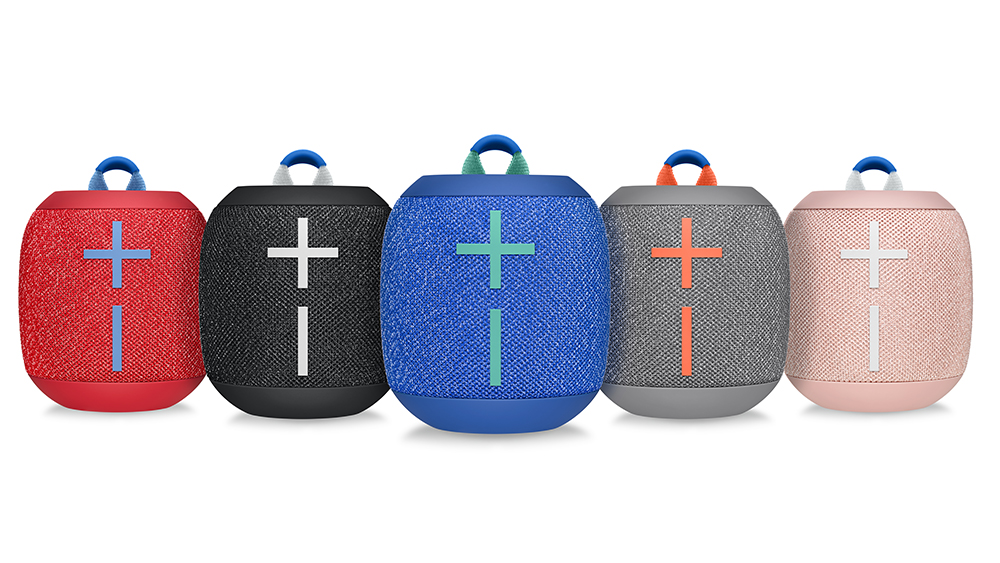
Wireless speakers were once notorious for prioritising convenience over sound quality – but the tide has long since turned.
Retaining the ease of use, often vast and varied connectivity, and the compact, one-box designs that make them so popular, wireless speakers have evolved to deliver excellent sound quality – and the best are good enough to be classed as 'hi-fi' these days.
Today’s wireless speakers are typically clever products, often with all of the latest streaming technologies inside and sometimes with personal voice assistants built in too. Taking note of new design trends and how people listen to music, many now incorporate features like waterproofing, multi-room functionality, long battery lives, voice control, and the likes of AirPlay 2 and Spotify Connect. All this, and they can sound great too.
But with such a huge variety of wireless speakers on the market, how do you pick the one that's best for you? We're here to help you narrow things down...
- Our pick of the best wireless speakers for the home
- And the best portable Bluetooth speakers you can buy
Choose the right shape and size
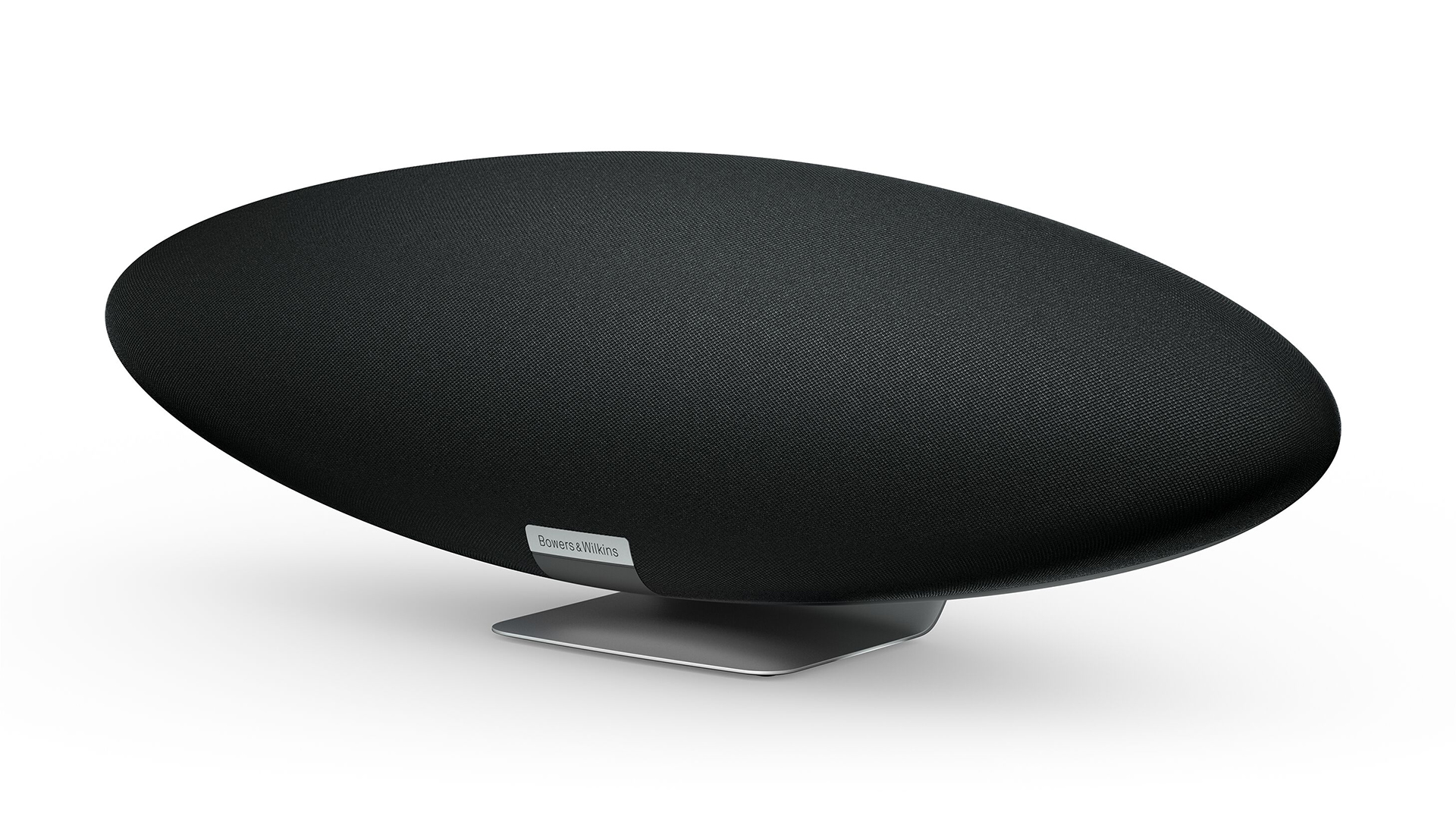
Before we even begin to get technical, the shape and size of your wireless speaker is something that will dictate how you use it.
Wireless speakers come in all shapes and sizes: they can be big, boxy units; they can be small and cylindrical. Some are built to be rugged and waterproof, others put style and design high on their priorities. They can even look like 1920’s airships.
The point is, wireless speakers can look like anything and come in any size. The question, then, is what will you use yours for?
For your bedroom or worktop, a sensibly-sized speaker like the Sonos One (or non-voice-controlled Sonos One SL), the Amazon Echo or Amazon Echo Dot, or the Audio Pro Addon C3 is ideal.
If the speaker will take pride of place in your living room and need to fill a larger space with music, however, bigger eye-catching units like the B&W Formation Wedge (below), B&W Zeppelin (above), Linn Series 3, Naim Mu-so 2 or Naim Mu-so Qb 2 would make quite the statement.
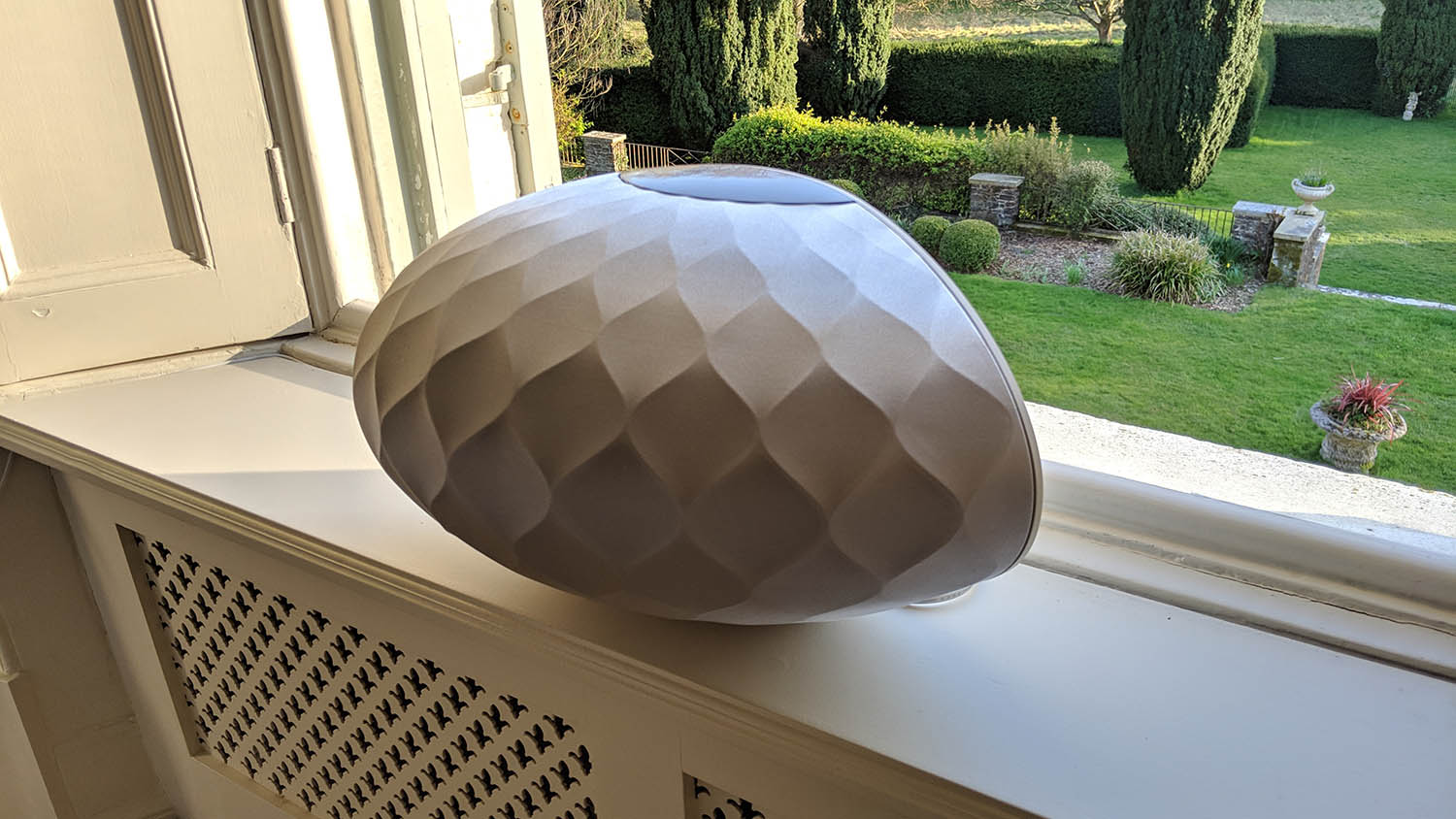
If you want everyone to enjoy an even spread of sound all around you (perhaps you want to position a speaker in the middle of a room), have a look at omnidirectional speakers such as the Amazon Echo Studio or anything from Ultimate Ears' range of wireless speakers. After something more portable? Try the Dali Katch G2, JBL Charge 5 or Ultimate Ears Megaboom 3.
If you’re the adventurous type, the Ultimate Ears Wonderboom 2, Roll 2 or JBL Flip 5's rugged, waterproof build will withstand all manner of knocks, bumps, rain and mud splashes. It will fit into your rucksack, too.
Will it be your main music system?
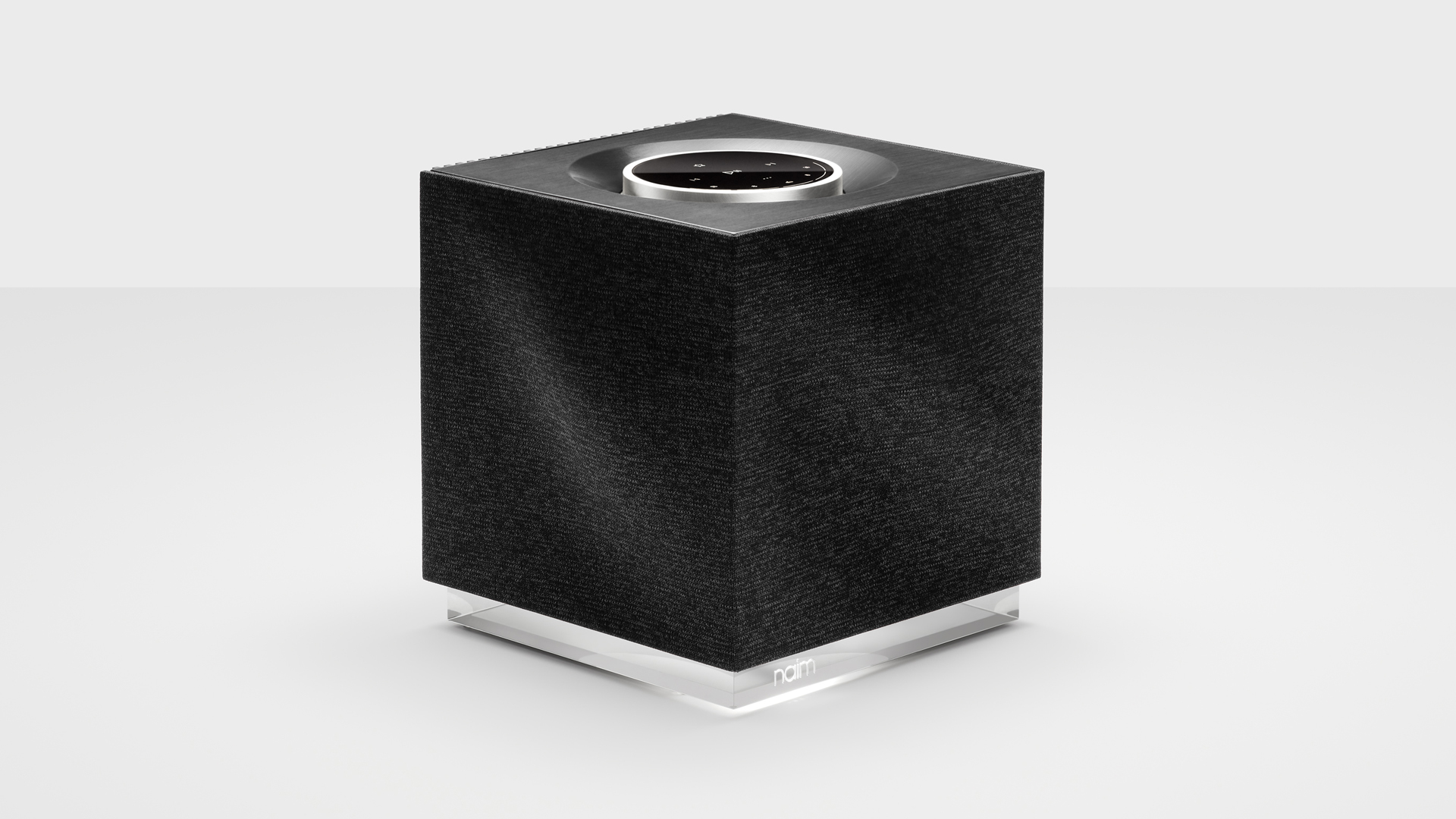
On the other hand, if you’re looking for a wireless speaker to be your main music system, be prepared to spend some cash. And potentially to make space in your room.
Speakers such as the Naim Mu-so Qb 2 (above) may cost a pretty penny, but their sound quality is worth it. They’re a viable alternative to a dedicated hi-fi system, coming packed with plenty of streaming and playback features, and make a great style statement in your living room too.
You’ll want to temper your sonic expectations depending on the size and price. Don’t expect huge, room-filling, dynamic and articulate sound from a small, portable speaker. Do expect it from the more ambitious Naim Mu-so 2 or Linn Series 3 (below), though.
Portable or mains-powered speaker?
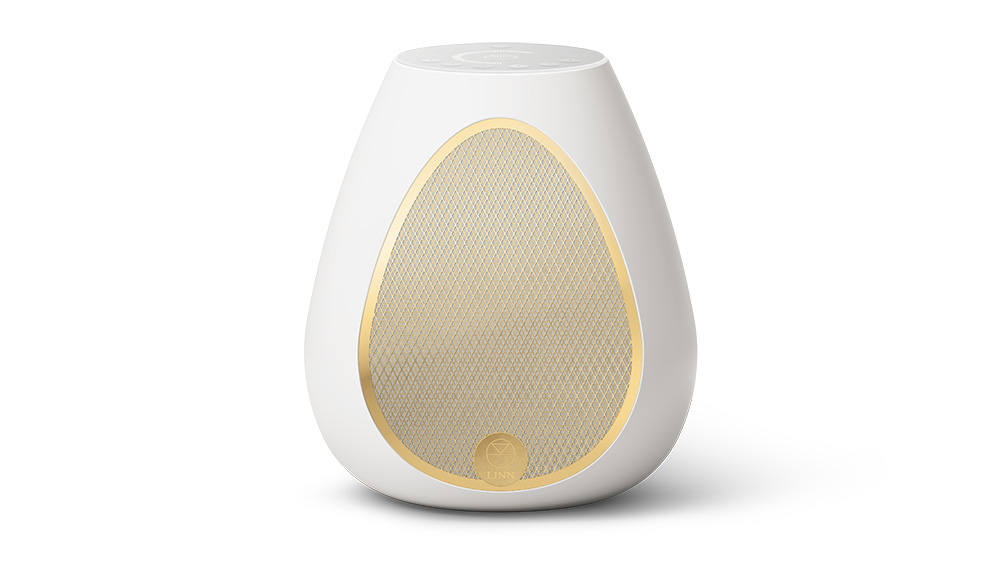
Is portable better? Well, portable speakers have a rechargeable battery, so you’re not tied to a mains socket. You can simply pick up the speaker and take it with you. Depending on how big it is, that might mean to another part of the house, into the garden, or all the way to the beach or a summer festival.
Take note of the speaker’s battery life. Five hours (which is what you'll get from the oh-so-pocketable little JBL Go 3) is fine if you’ll be listening in your own garden, ie. close to a power supply, but you’ll probably want eight hours or more if you’re taking it with you on holiday. If you have to keep plugging it into the mains every few hours to charge it back up, it defeats the point of a portable speaker somewhat, no?
Thankfully, portable no longer means cheap in build quality or price. The ultra-portable and rugged JBL Charge 5 lasts for 20 hours, while the sleek Dali Katch G2 clocks in an impressive 30 hours on a full charge.
Mains-powered speakers inevitably tend to work best at home where they're not required to move around too much.
They’re usually bigger and more expensive than portable options, too – the Devialet Gold Phantom and B&W Formation Wedge are cases in point – and are demanding enough to need a constant source of power to drive the speakers and reach their full performance potential. There are some exceptions to the rule, though, such as the dinky Sonos One and Apple HomePod Mini and the compact Audio Pro Addon C10 MKII.
How will you stream your music?
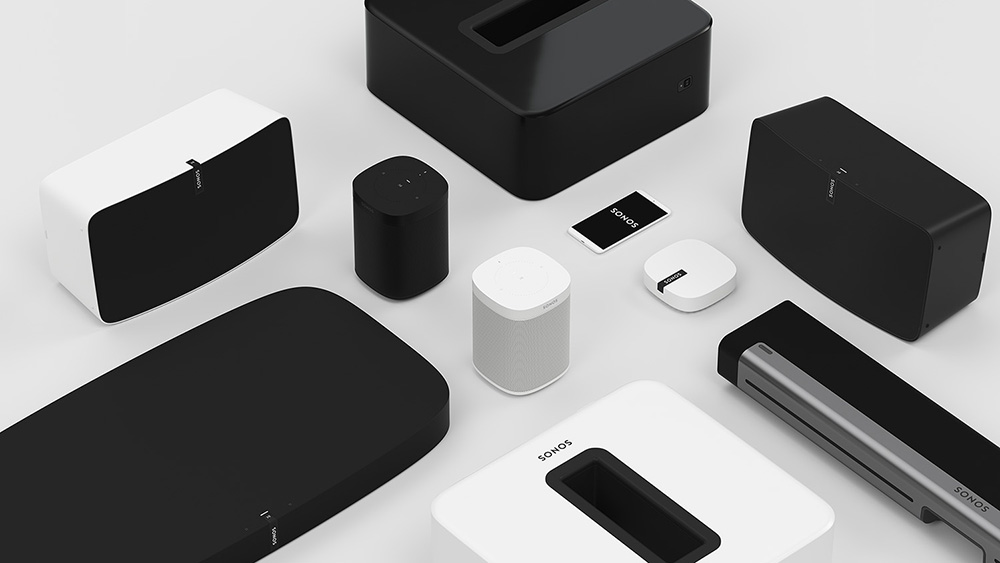
Once you’ve decided on what you want your wireless speaker to look like, where it'll live and what it'll mostly be used for, the next thing you need to think about is which streaming method is the best one for you?
How will you be sending music from your smartphone or laptop to the speaker? Will you be sticking with standard Bluetooth? Are you invested in Apple's ecosystem and therefore only need AirPlay 2? Are you a big fan of Spotify Connect or Tidal? Or are you thinking of a multi-room Sonos or Audio Pro system?
Most wireless speakers come with either one or a combination of wireless methods, so here's a rundown of the main streaming protocols you'll want to look out for.
Bluetooth speakers
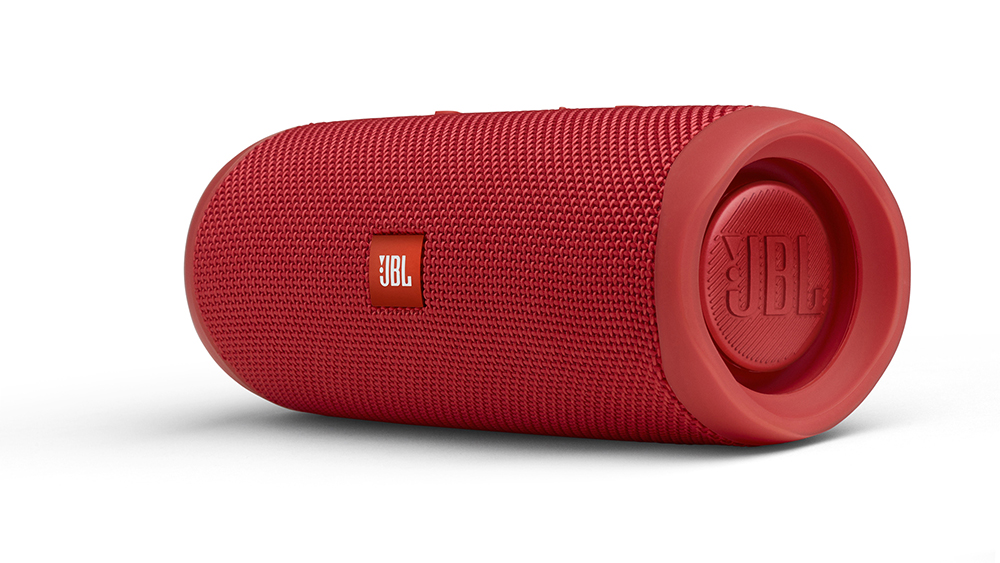
Bluetooth is the most common tech you’ll see in wireless speakers. It's the quickest and easiest way to let your devices talk to each other wirelessly, taking only a couple of seconds to pair your smart device to your wireless speaker.
You'll find Bluetooth in nearly all wireless speakers (it's usually the sole method of streaming in portable and affordable models), as well as on most smartphones, tablets and laptops.
Bluetooth also doesn’t care if you’re an Apple or Android user. It doesn’t pick favourites, so everyone with a smart device can use it to stream songs.
Standard Bluetooth has a range of about 100 metres, but use a speaker in the house (with all the walls and other obstructions) and this range drops noticeably. Indoors, you can rely on a range of around 12 metres or so.
Bluetooth also comes in a variety of flavours – aptX, aptX HD and aptX Adaptive are capable of playing CD-like and better-than-CD audio quality (you'll need compatible sources, though). And the latest Bluetooth 5 standard claims to be more powerful, offering faster transfer rates and greater range.
AirPlay 2 speakers
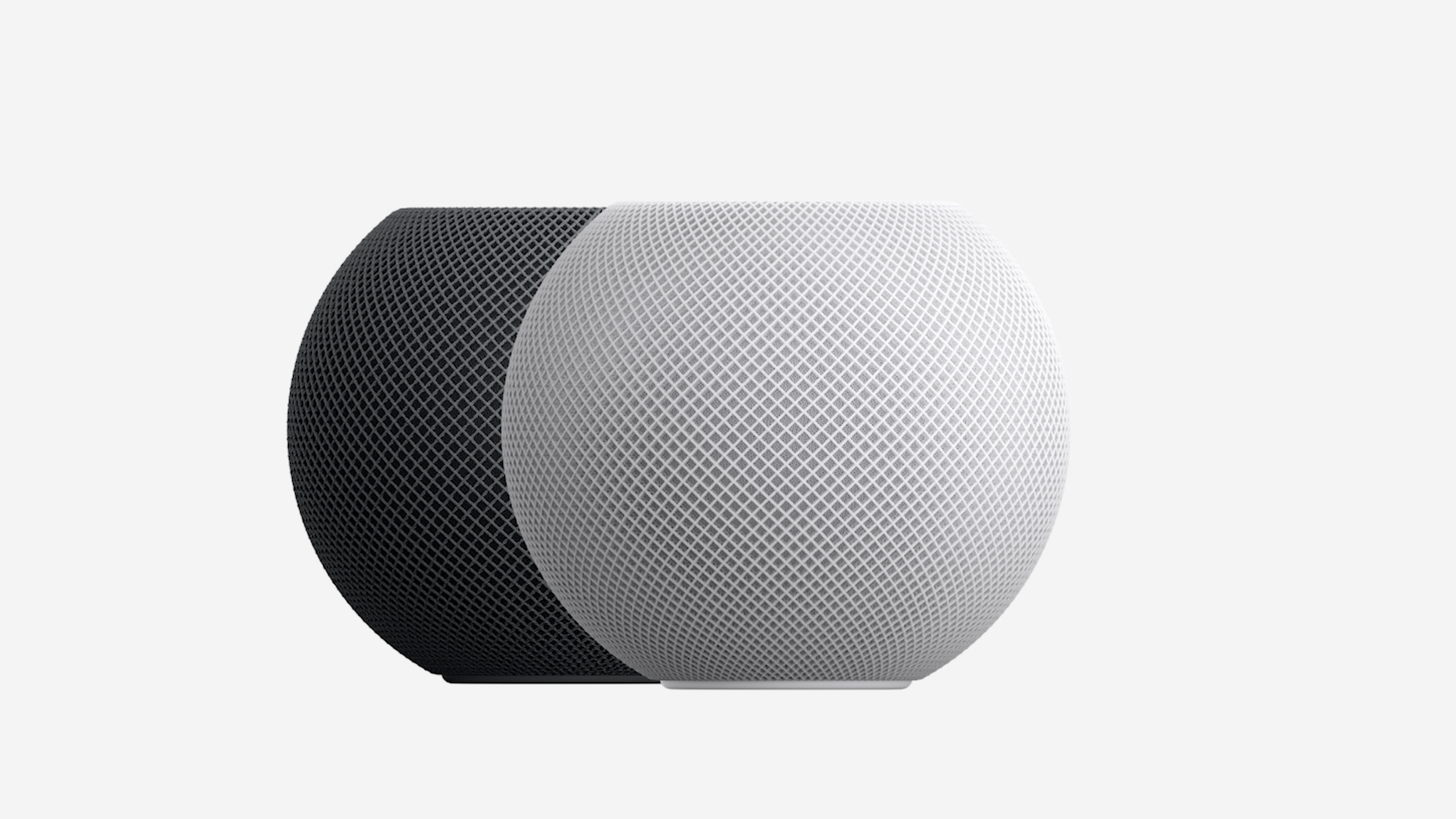
AirPlay 2 is Apple’s own way of streaming files wirelessly and, as is Apple's way, it works only with iOS products. Still, that’s useful if you live in an Apple-only household.
In terms of set up, AirPlay 2 piggybacks your home’s wi-fi network, so just make sure your iPhone, iPod or iPad and your wireless speaker are on the same network, and you'll be streaming in no time.
While AirPlay-only speakers have long gone out of fashion (like 2011's B&W Zeppelin Air), you'll find it's often added to a wireless speakers' long list of features.
AirPlay 2 now allows for multi-room audio across multiple speakers, too, and you'll find it Libratone, Devialet, B&W, Naim and Sonos speakers, amongst others.
Wi-Fi
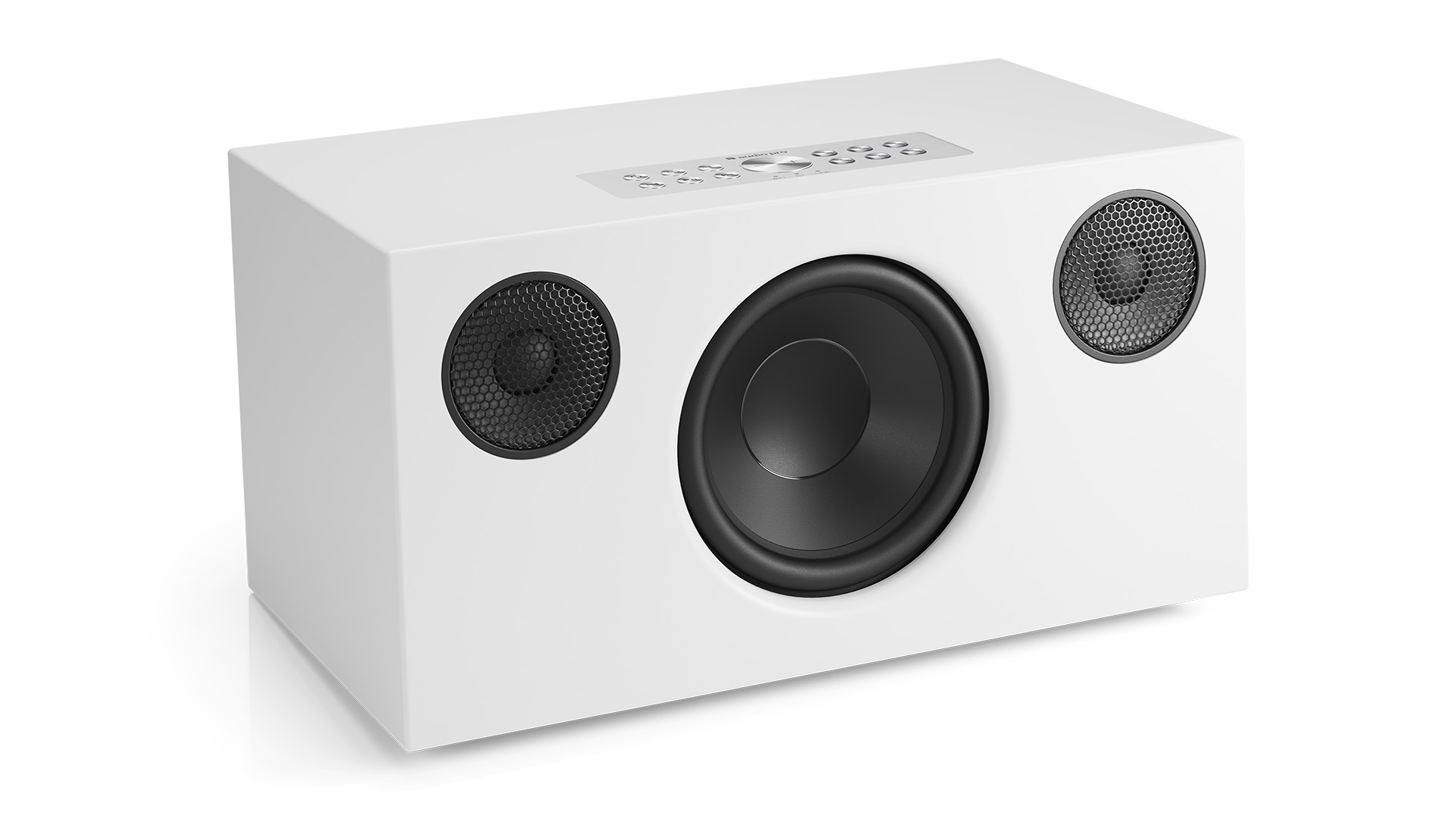
If your wireless speaker has an ethernet port and/or built-in wi-fi, you can plug it straight into your home network.
The advantages? You can stream higher-than-MP3 quality tracks from any source that’s also connected to the same network, such as your smartphone, laptop or your Network Attached Storage (NAS) device.
So if you’ve got a digital library full of CD-ripped and hi-res files in FLAC, ALAC or WAV formats, you might want to look into wireless speakers that support the higher resolution. The Naim Mu-so, for instance, supports hi-res music streams of up to 24-bit/192kHz audio.
These kinds of speakers will be pricey (and occasionally require a third-party subscription, too), but it's worth seeking out if you want a convenient but top-notch wireless music system.
- High-resolution audio - everything you need to know
- MP3, AAC, WAV, FLAC: all the audio file formats explained
Spotify Connect speakers
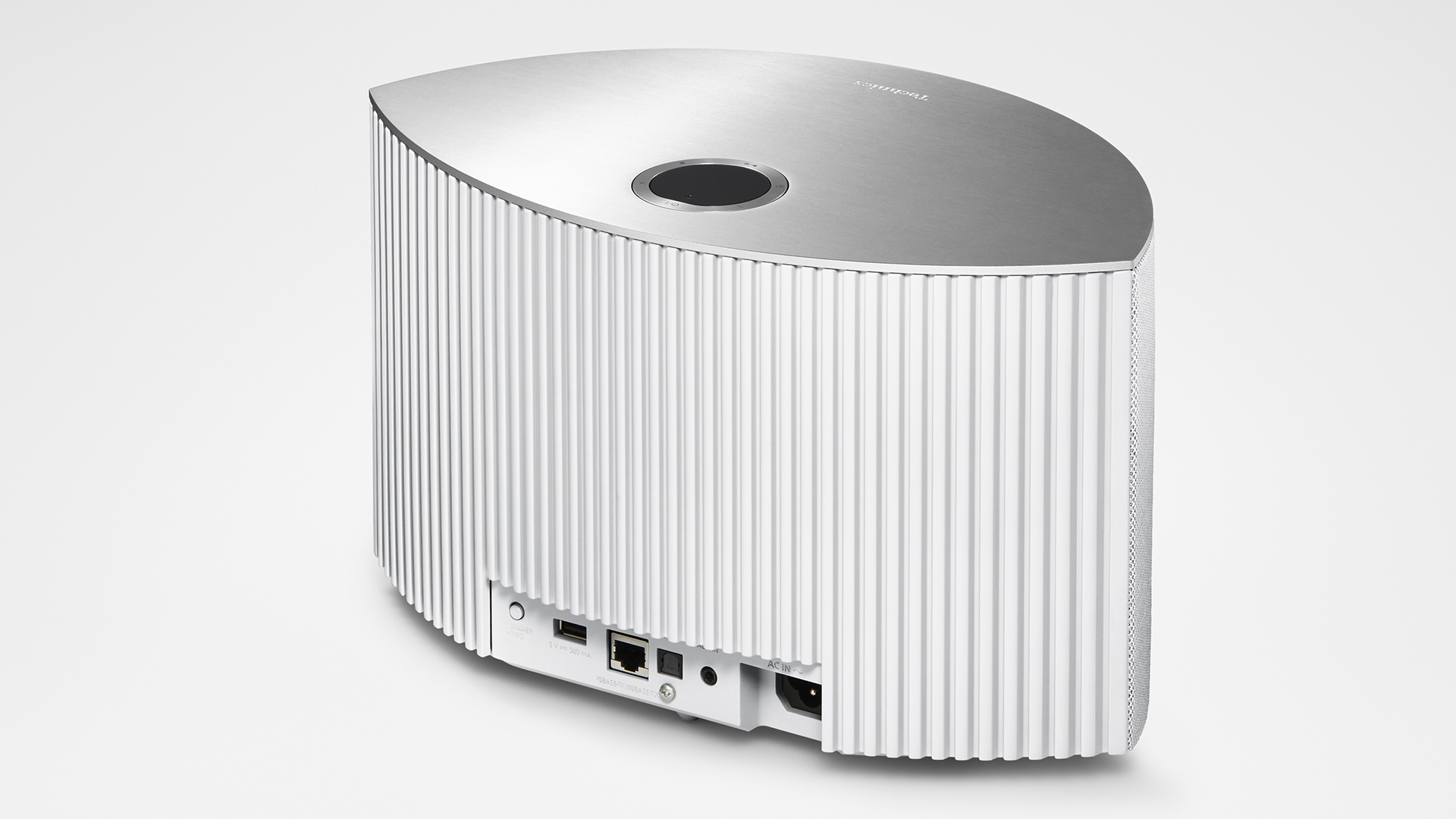
If you’re an avid user of Spotify, it’s worth looking for a wireless speaker that lists Spotify Connect as one of its features – and an increasing number of speakers do.
These speakers have Spotify embedded in them, meaning songs won’t be streaming from your smartphone app but straight from Spotify's own servers in the cloud. This frees-up your smartphone for all other uses (you can make calls without interrupting the music, for instance) and doesn’t drain your phone battery either.
Another useful feature is the ability to switch between connected sources, and send songs from one speaker to another with a quick button tap in the app. It’s a nice feature that makes a big difference once you start using it.
You'll need a Spotify Premium subscription and be connected to a wireless network to use Spotify Connect.
Multi-room speakers
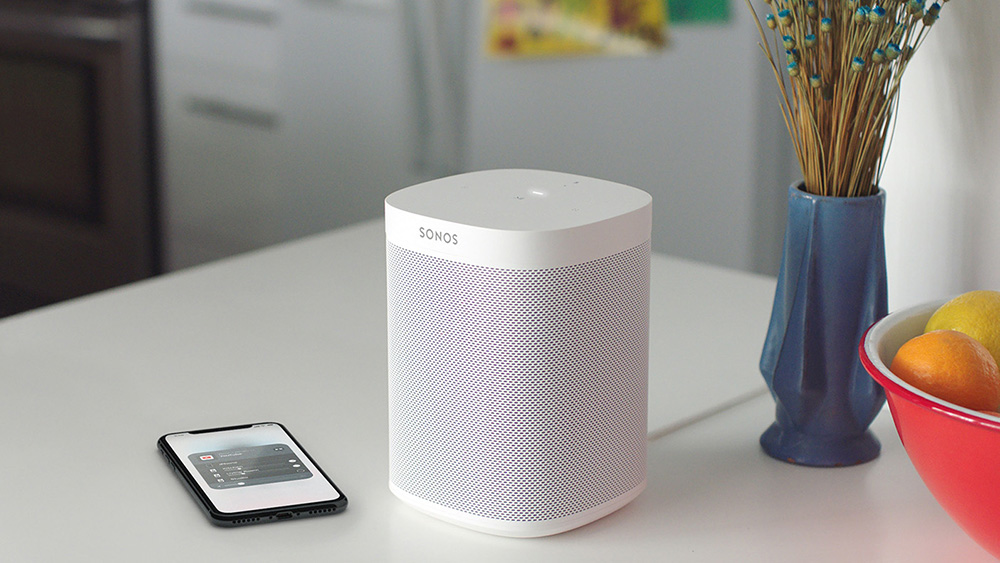
Most wireless speakers these days have some form of multi-room ability, or at least have the ability to pair two speakers together to double up the sound or use in stereo. Sonos and Audio Pro are the gold standards for proper multi-room streaming across your home, but plenty of speakers offer similar abilities, so why not turn your home into one seamless music hub?
The more speakers you buy, the more you can dot around the house. Link them all up and you need never miss a second of sound. You can also arrange it so each room is playing a different song – perfect for a music-loving family.
The success of a multi-room speaker rests in no small part on its app, from how easy it is to connect to your network to how it organises your music. A seamless app experience, vast app presence and increasing hi-res audio support has kept Sonos ahead of the pack.
Smart speakers
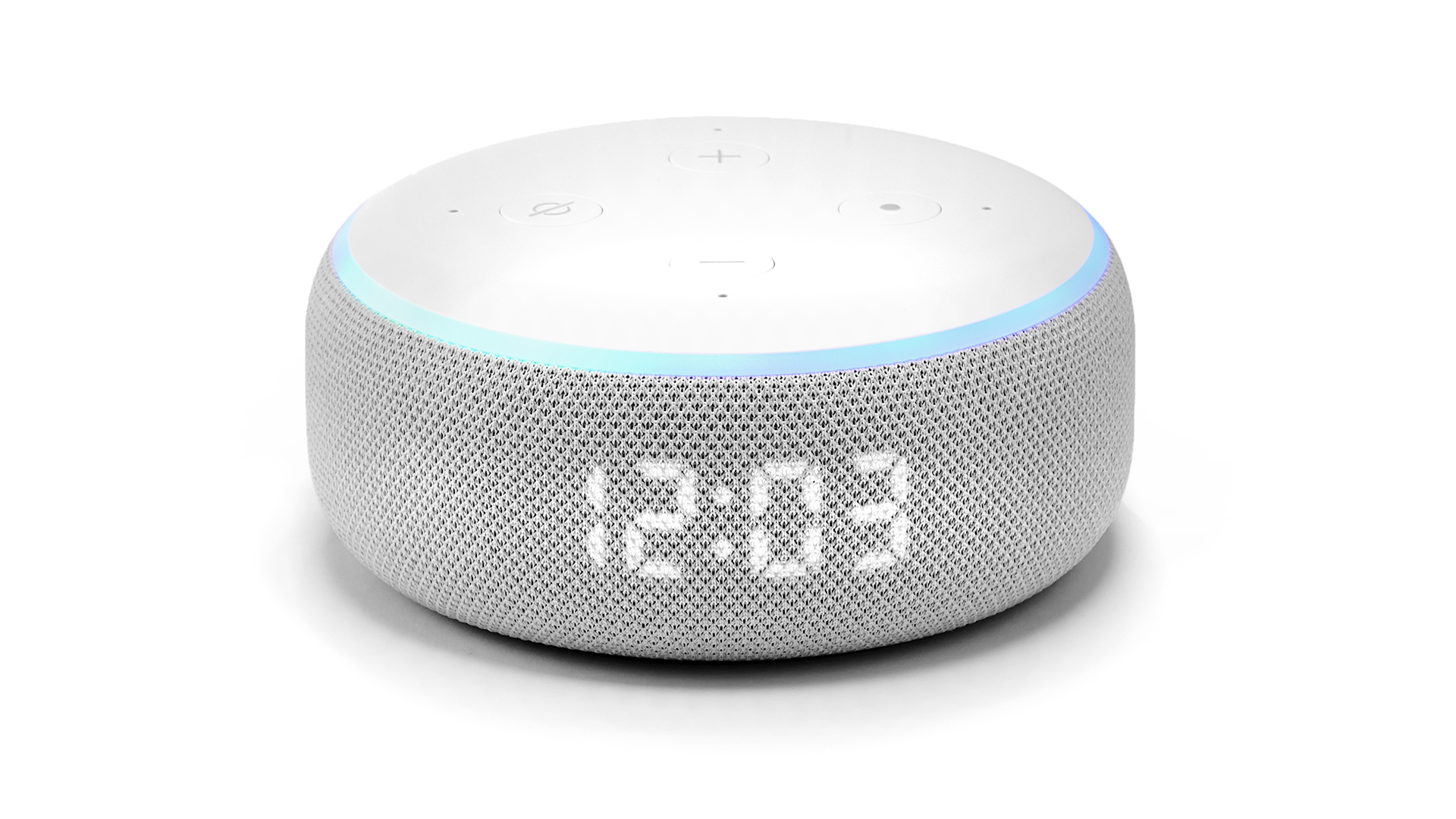
And let's not forget the latest trend on the technology block: smart speakers.
Wireless speakers with voice control built in, using one of the many personal assistants currently available (Alexa, Siri, Google Assistant), smart speakers are becoming increasingly popular.
If you want a smart speaker solely for the 'smart' aspect of it – controlling your music and elements of your home using voice commands – then smart speakers like the Amazon Echos, Google Nests and Apple HomePods are ideal for adding a touch of sci-fi to your home. You can link them up for multi-room audio, too.
That said, you don't need to own hardware from the voice assistant's brand to get voice control as many third-party wireless speakers now support Alexa and/or Google Assistant. For example, the Sonos One and Ultimate Ears Megablast offer a fantastic sonic performance while also having Alexa voice control built-in – it's the best of both worlds.
There’s a lot of choice out there. A lot. But now that you’re armed with all the knowledge, picking a wireless speaker should be plain sailing. Need more inspiration? A quick perusal of our lists of the best wireless speakers for the home and best portable Bluetooth speakers feature offers plenty of options to feast your eyes upon. There's a wireless speaker out there for you – we know there is.
- Our pick of the best Bluetooth speaker deals 2021
Get the What Hi-Fi? Newsletter
The latest hi-fi, home cinema and tech news, reviews, buying advice and deals, direct to your inbox.

Kashfia is the Hi-Fi and Audio Editor of What Hi-Fi? and first joined the brand 13 years ago. During her time in the consumer tech industry, she has reviewed hundreds of products (including speakers, amplifiers, turntables and headphones), been to countless trade shows across the world and fallen in love with hi-fi kit much bigger than her. In her spare time, Kash can be found tending to an ever-growing houseplant collection and shooing her cat Jolene away from spinning records.
